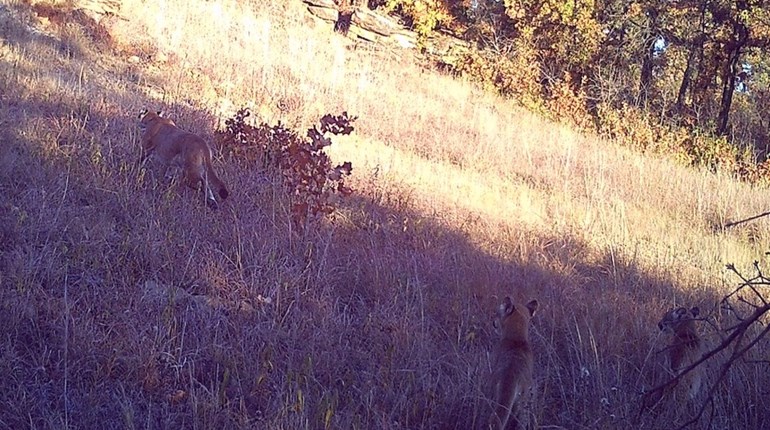
Ever since out-of-control environmentalists convinced the public that logging—all logging—is bad for the forest, wildlife habitat has suffered. Old-growth lumber offers no tangible benefit to wildlife; they require dense underbrush for a variety of biological needs. However, without logging—or, historically, forest fires—old-growth forests are what you get.
Therefore North America's forests are aging and a variety of animal populations have been affected, perhaps none more drastically than ruffed grouse and woodcock. Regional populations of ruffed grouse have greatly declined in areas they once flourished. My home state of Pennsylvania is a perfect example. Meanwhile woodcock have annually declined 1.2-percent since 1968 and research indicates 800,000 fewer male woodcock than in the early 1970's.
What can be done? The preservationist mindset has got to go—we need to cut down some trees! Fortunately a program established by the Michigan Department of Natural Resources gives me hope we're about to do just that. The program, "Grouse Enhanced Management System," will create seven locations within the state where logging will occur to promote the growth of young aspen, an ideal habitat for grouse and woodcock. Aspen is usually harvested every 60 years, but within the program's management areas it will be logged in 40-year rotations.
This is the conservation model needed to get grouse and woodcock populations headed back in the right direction. If Michigan can do it, why not Minnesota? Why not Pennsylvania? Why not Wisconsin, Vermont, Maine and all the historic strongholds?
If similar programs take root, the environmentalists lose, but grouse and woodcock win.





































